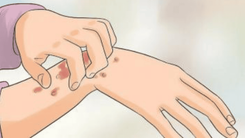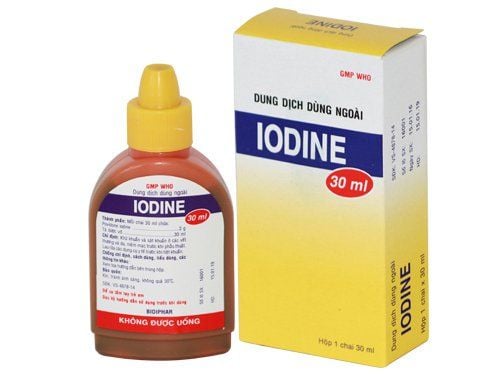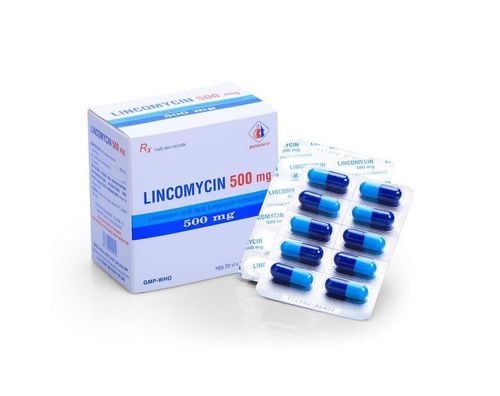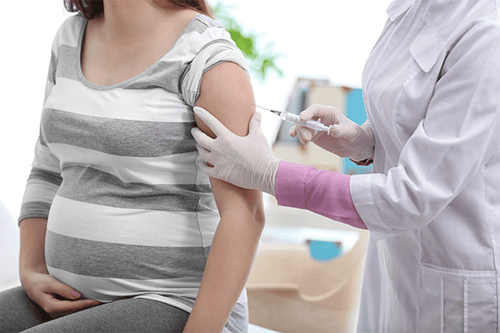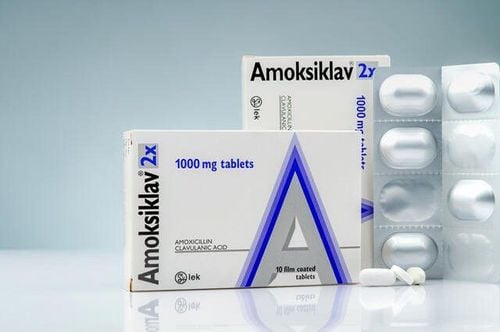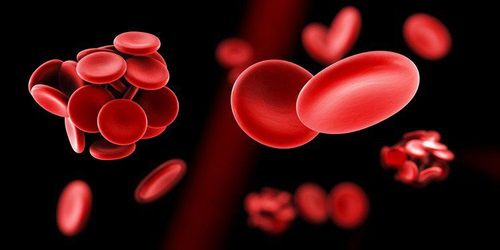Bleeding injuries are common. Stopping the bleeding is essential, whether it is from cuts, scratches, shallow wounds, or deep wounds. Bleeding injuries may be effectively and safely treated at home while avoiding infection and ensuring aesthetics later.
1. Apply Pressure to the Wound
Start by pressing firmly and continuously on the wound. Use a clean, dry material such as a bandage, towel, or cloth to cover the wound. Apply pressure with both hands and maintain it until the bleeding stops.
Exercise caution not to check too early, as this can hinder the healing process.
2. Elevate the Injured Area
Elevating the injured area above heart level can help reduce blood flow to the wound, assisting in stopping the bleeding.
If the injury is to the hand or arm, raise it above your head. For injuries to the lower limbs, lie down and elevate the affected area higher than the heart level.
3. Use Ice to Stop the Bleeding
Applying ice to the wound may constrict blood vessels, helping to form a clot and stop the bleeding. Wrap the ice in a clean, dry cloth and place it on the wound rather than applying it directly.
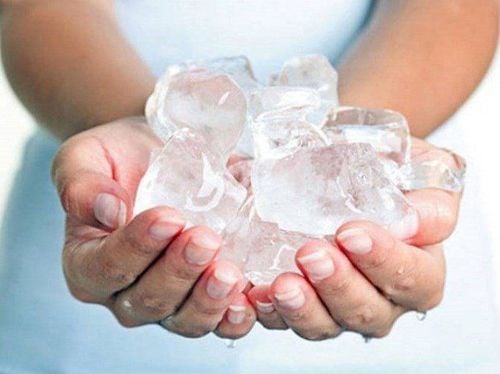
4. Use Tea as a Remedy
Tea is a popular remedy for bleeding, especially after dental work. Placing a chilled, soaked black tea bag on the wound can be an effective local hemostatic measure.
The tannins in tea help to tighten and constrict blood vessels, promoting clot formation. Additionally, tannins have antiseptic properties that can help prevent infection.
5. Use Petroleum Jelly
Petroleum jelly can be applied to shallow cuts to help stop bleeding. Many cosmetics, including lip balms and Vaseline products, contain this substance. It is typically a mixture of oils and waxes that protects the skin and keeps it soft and supple. After the bleeding has stopped, dry the skin and remove any remaining jelly.
6. Use an Antiperspirant
Antiperspirants contain aluminum chloride, which not only shrinks sweat glands but can also constrict blood vessels, aiding in quicker clotting of the wound.
7. Use mouthwash
The alcohol in mouthwash acts as an astringent, helping blood to clot more quickly when applied to a wound. Additionally, aminocaproic acid in some mouthwashes can assist in treating bleeding in the mouth after dental procedures. However, avoid gargling, as this can dislodge the clot from the bleeding area around the tooth.
8. Preventing Infection
Cleaning the wound, even after the bleeding has stopped, is essential for preventing infection. Rinse the wound with cool water and use soap to clean the surrounding area if there is any contamination, but caution not to get soap in the wound.
If there is dirt or debris in the wound, use tweezers to remove it, ensuring the tweezers have been cleaned with alcohol before use.
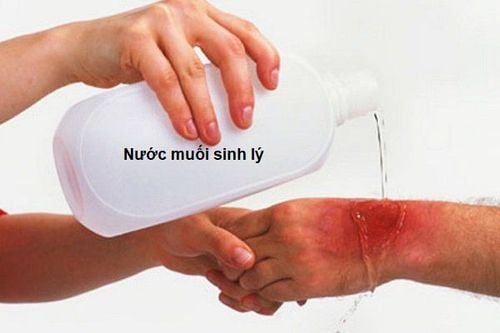
9. When to see the doctor?
Certain types of bleeding can be life-threatening, including:
• Rapid blood loss from a wound
• Bleeding that can't be stopped
• Bandages that become soaked with blood
• Wounds that result in the loss of a body part.
• The victim is in a state of panic or unconsciousness.
In these cases, first responders should attempt to stop the bleeding while seeking immediate medical assistance.
Additionally, you should see a doctor if:
• The wound may require stitches
• Dirt cannot be easily removed from the wound
• Internal bleeding cannot be ruled out
• There are signs of hemorrhagic shock
• There are signs of infection
• The bleeding wound is caused by an animal bite or puncture.
• There has been no tetanus vaccination in the past five years
In summary, uncontrolled bleeding is the leading preventable cause of death from trauma. Therefore, it is crucial to know how to stop or control bleeding. Most cases of minor bleeding can be managed at home with simple measures by staying calm and taking appropriate action. Once the bleeding has stopped, small wounds should be covered to prevent infection.
To arrange an appointment, please call HOTLINE or make your reservation directly HERE. You may also download the MyVinmec app to schedule appointments faster and manage your reservations more conveniently.
References: geisinger.org - medicalnewstoday.com


